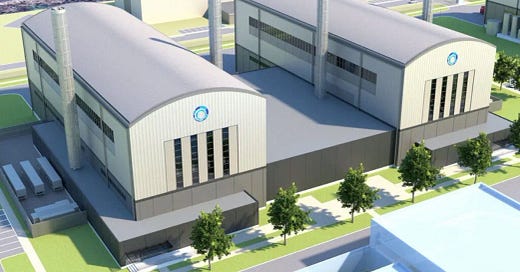US launches molten-salt nuclear reactor to power the grid
Big US approval for Gen IV reactor Hermes 2 to generate 20 MWe clean power
U.S. Approval for Hermes 2: A Milestone in Advanced Nuclear Technology
(GoldFix News) The Nuclear Regulatory Commission (NRC) has granted approval for the construction of the first molten-salt nuclear reactor designed to power the U.S. electrical grid. This revolutionary step is led by Kairos Power, with its Hermes 2 Low-Power Demonstration Reactor to be…



